#computing history
Text
Sam Siam: FurryMuck Land (Zine, 1993)
A zine about a text-based furry MMO that continues to this day. You can read it here.

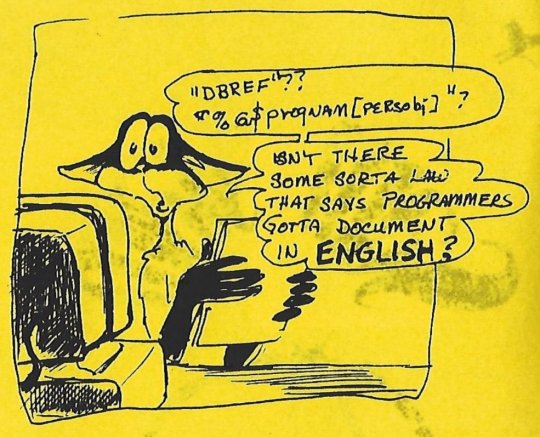
#internet archive#zine#zines#furry#furries#anthro#furry fandom#furry fandom history#furry history#muck#mu*#text games#text based game#internet history#old internet#computing history#computer history#1993#1990s#90s
416 notes
·
View notes
Text
What makes a good boot sequence?
A while ago, I had my first truly viral post on Mastodon. It was this:

You might've seen it. It got almost four hundred boosts and reached beyond Mastodon to reddit and even 4chan. I even saw an edit with a spinning frog on the left screen. I knew the post would go down well with tech.lgbt but I never expected it to blow up the way it did.
I tried my best to express succinctly exactly what it is I miss about BIOS motherboards in the age of UEFI in this picture. I think looking at a logo and spinner/loading bar is boring compared to seeing a bunch of status messages scroll up the screen indicating hardware being activated, services being started up and tasks being run. It takes the soul out of a computer when it hides its computeriness.
I think a lot of people misunderstood my post as expressing a practical preference over an aesthetic one, and there was at least a few thinking this was a Linux fanboy post, which it certainly is not. So here's the long version of a meme I made lol.
Stages
I remember using two family desktop computers before moving over a family laptop. One ran Windows XP and the other ran Windows 7. Both were of the BIOS era, which meant that when booting, they displayed some status information in white on black with a blinking cursor before loading the operating system. On the XP machine, I spent longer in this liminal space because it dual-booted. I needed to select Windows XP from a list of Linux distros when booting it.
I've always liked this. Even as a very little kid I had some sense that what I was seeing was a look back into the history of computing. It felt like a look "behind the scenes" of the main GUI-based operating system into something more primitive. This made computers even more interesting than they already were, to me.
Sequences
The way old computers booted was appealing to my love of all kinds of fixed, repeating sequences. I never skip the intros to TV shows and I get annoyed when my local cinema forgets to show the BBFC ratings card immediately before the film, even though doing so is totally pointless and it's kinda strange that they do that in the first place. Can you tell I'm autistic?
Booting the windows 7 computer would involve this sequence of distinct stages: BIOS white text -> Windows 7 logo with "starting windows" below in the wrong aspect ratio -> switch to correct resolution with loading spinner on the screen -> login screen.
Skipping any would feel wrong to me because it's missing a step in one of those fixed sequences I love so much. And every computer that doesn't start with BIOS diagnostic messages is sadly missing that step to my brain, and feels off.
Low-level magic
I am extremely curious about how things work and always have been, so little reminders when using a computer that it has all sorts of complex inner workings and background processes going on are very interesting to me, so I prefer boot sequences that expose the low-level magic going on and build up to the GUI. Starting in the GUI immediately presents it as fundamental, as if it's not just a pile of abstractions on top of one another. It feels deceptive.
There may actually be some educational and practical value in computers booting in verbose mode by default. Kids using computers for the first time get to see that there's a lot more to their computer than the parts they interact with (sparking curiosity!), and if a boot fails, technicians are better able to diagnose the problem over a phone call with a non-technical person.
Absolute boot sequence perfection
There's still one last thing missing from my family computer's boot sequence, and that's a brief flicker of garbage on screen as VRAM is cleared out. Can't have everything I guess. Slo-mo example from The 8-Bit Guy here:

170 notes
·
View notes
Text

IBM System/360 mainframe assembly line in 1965
74 notes
·
View notes
Text
It was all downhill after 2018.

31 notes
·
View notes
Text

74 notes
·
View notes
Text



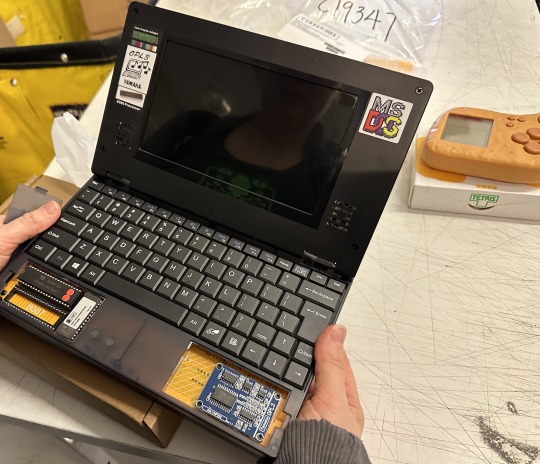
DOS computer! " Book 8088 DOS system laptop computer CGA graphics card IBM PC XT compatible machine 8088 8086CPU microcomputer"
21 notes
·
View notes
Text
Unlike 99% of human languages, computer languages are designed. Many of them never catch on for real applications. So what makes a computer language successful? Here's one case study...
#software development#software engineering#golang#coding#artificial language#concurrency#google#programming languages#compiler#computing history#mascot#gophers
3 notes
·
View notes
Text
So recently at work I learned that the standard spelling for computer discs/disks is 'disk' with a k in American English but 'disc' with a CD for British English. I have also discovered that in my head, old floppies are disks with a k and CDs and similar are discs with a c. I don't know why that's 'right' to me, but they are. It might be because CDs are round and C is round and floppies were square and K is more angular; or it might be because I moved to the UK right around when floppies were on their way out and CDs were on the rise. (Yes I'm old and I've been here a long time, shush.)
I don't know how I'll square it for the catalogue and the in-house style guide but so far I'm just using both, depending, because that's just what they are, I don't know.
(Also, it's been three months and I still can't believe?? That I have?? A museum job??? I'm getting paid to do this??? I want to do the work (at least sometimes) and not just out of obligation???? Wild times.)
#personal#work#museum work#computing history#spelling#disks and discs#I have suddenly recalled the word 'diskette' and now I need to lie down
3 notes
·
View notes
Link
86-DOS was a disk operating system, initially named QDOS, made by Seattle Computer Products in 1979-80, in order to have more software to sell with their 8086 computer kit--at the time the only software they had to sell with it was a Microsoft BASIC compiler that Microsoft had developed for their board.
Microsoft licensed 86-DOS in December 1980 for $25K. In ‘81, they began porting it to the 8088 IBM PC. In July ‘81, a month before the PC’s release, Microsoft bought all rights to 86-DOS from SCP for $50K, renamed it MS-DOS, and licensed it to IBM.
SCP later sued, claiming Microsoft had hidden their relationship with IBM in order to purchase 86-DOS cheaply. SCP received a $1M settlement.
#dos#86 dos#86-dos#operating system#seattle computer products#microsoft#ibm#pc dos#computing#computing history#history#computers#ibm pc#1980s#qdos#ms-dos#ms dos
2 notes
·
View notes
Text
Wrong: Ada Lovelace invented computer science and immediately tried to use it to cheat at gambling because she was Lord Byron's daughter.
Right: Ada Lovelace invented computer science and immediately tried to use it to cheat at gambling because that was the closest you could get in 1850 to being a Super Mario 64 speedrunner.
#history#computers#computer science#ada lovelace#memes#gaming#video games#super mario 64#speedrunning
32K notes
·
View notes
Text
Found out my dad was probably the person that coined "ATM unit" for a $20 bill.
Back in the 1970s he was the network architect for Wells Fargo's ATM network, the first in California (and one of the first in the country). He coined the term as a joke and pushed for it's usage specifically because he thought humor would get people interested in a new technology they might otherwise be intimidating.
I have no idea how widespread of usage it got since I'm so used to hearing it and saying it that it's always around me. But if you ever heard it said that way, that's where it came from.
These days ATMs dispense other denominations, so it's probably a dying term The Youth may not understand. But for decades and decades you could only get $20 bills from ATMs because it was too hard to keep them refilled.
1 note
·
View note
Text
Fifty-Five Hollywood Online Interactive Kits (Windows 3.1, Hollywood Online, 1994/1995/1996)
You can play them in your browser here.
Edit: my mistake, they're for WIndows 3.1, emulated in DOSBox.

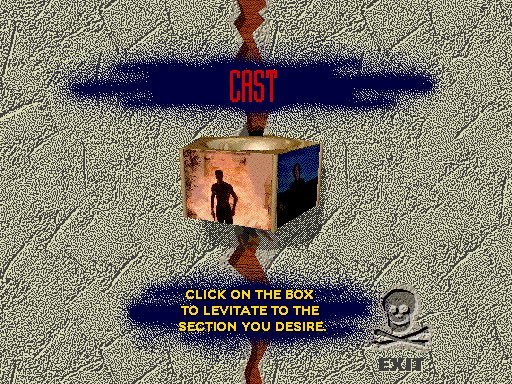

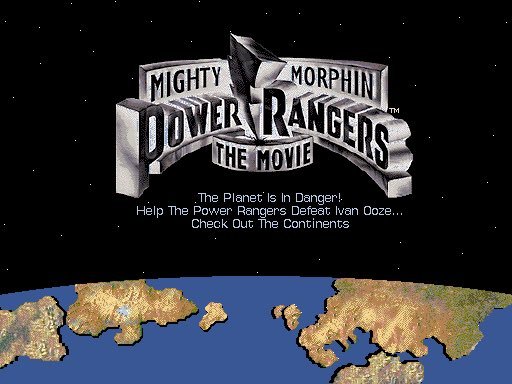
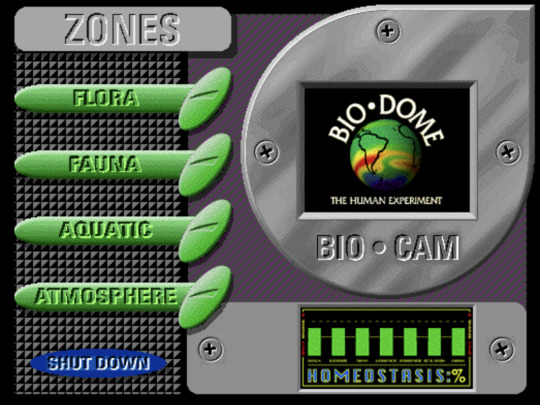
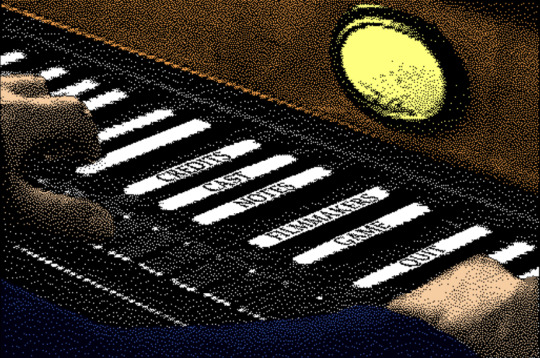
#internet archive#windows 3.1#old software#computer history#computing history#movie#movies#movie history#film history#press kit#multimedia#1994#1995#1996#1990s#90s
169 notes
·
View notes
Text
youtube
#youtube video#computer technology#computer generation#computer science#computer basics#learn computer in Hindi#computer graphics#computer education#Hindi tutorial#technology explained#computer fundamentals#computing history#computer hardware#software tutorial#computer engineering#Hindi tech education#Youtube
0 notes
Text

Susan Hockey, computer scientist and pioneer in the field of digital typography, seen here designing fonts on a Digital PDP-15 graphics terminal (VT-04) in the early 1970s.
237 notes
·
View notes
Text
0 notes
Text
youtube
Cybernetics Across Cultures: The Localization of the Universal
Speaker: Professor Vyacheslav (Slava) Alexandrovich Gerovitch
Year: 2022
As someone who is a hobbyist with AI systems in interacting in simulated robotic settings, and in work settings to identify real world situations, it's important to keep an open mind on the mindset behind such systems.
Context is crucial to knowledge. Robotic AI systems can use specific contexts to adapt to new behaviours. People use specific contexts to advance fields in similar, but conditionally diverse, new ways.
The difference between Western and Soviet cybernetics lends a fascinating insight into the differences of approach taken by differing cultures, and how that affects practical, and theoretical, application.
#cybernetics#ai#artificial intelligence#cultural computing#soviet union#soviet#soviet cybernetics#Salva Gerovitch#computing#computing history#Youtube
5 notes
·
View notes